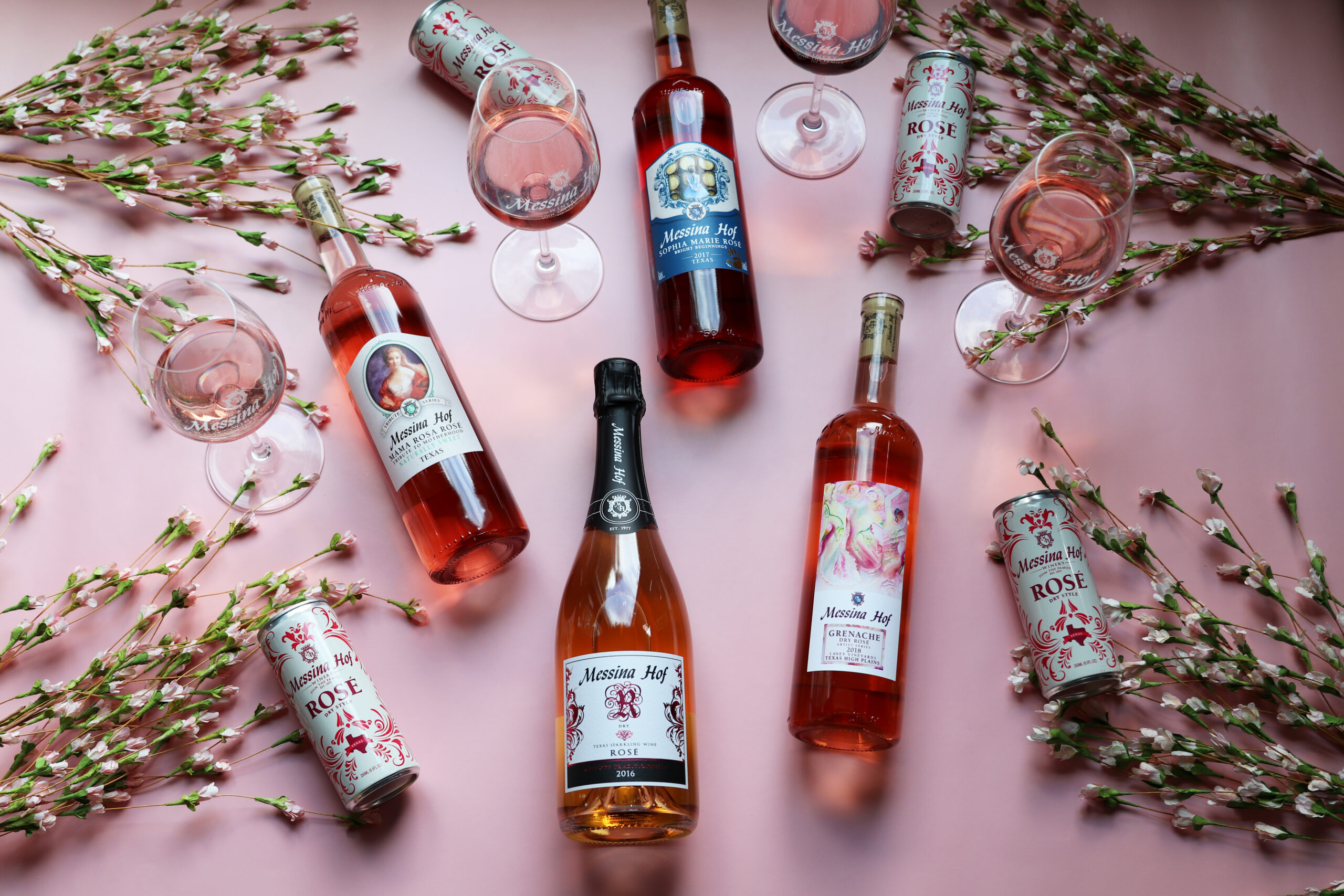A Guide to Rosé Wine
05.31.23
Stop and Smell the Rosés – It’s National Rosé Day! Celebrate friends, summertime, and all things pink this June 10th. Whether you prefer your rosé orange or deep pink, bubby or still, raise a glass with us and learn all there is to know about this perfect summer sipper at Messina Hof.
Rosé is not made from a specific type of grape – it’s simply a type of wine like any red or white. When making rosé wine, wine makers commonly use three different methods of production: Maceration, Saignee or “Bleeding”, and Blending.
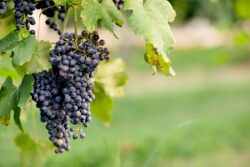
Maceration: The maceration method is when red wine grapes are let to rest in the juice. Grapes that are typically used to make red wine are destemmed, lightly pressed and sent to fermentation in a vat. 6 to 48 hours after fermentation begins, the juice is then removed from the skins to halt color extraction which gives the wine its infamous rosé, pink hue. The juice removed continues to ferment at a cool temperature to retain that freshness we all know and love. This method is the most common type of rosé available in regions like Provence and France.
Saignee or “Bleeding”: During the Saignee (“San-yay”) method, some of the juice bled off following the first few hours of making a red wine is put into a new vat to make rosé. The purpose of bleeding off the juice is to concentrate the red wine intensity. Rosé in this case is a by-product of red wine production. Like maceration, some of the juice is separated for rosé production but the rest continues to ferment with the skins to produce red wine. The Saignee or “Bleeding” method is most common in the Napa and Sonoma regions that specialize in fine red wines.
Blending: The blending method is when a small amount of red wine is “blended” to a vat of white wine to make rosé. Typically, most blended rosés contain only up to 5% red wine. This method produces a wider range of light to heavier wines. Out of all three rosé methods, this one is most uncommon in still rosé wines but is most present in sparkling wine regions such as Champagne.
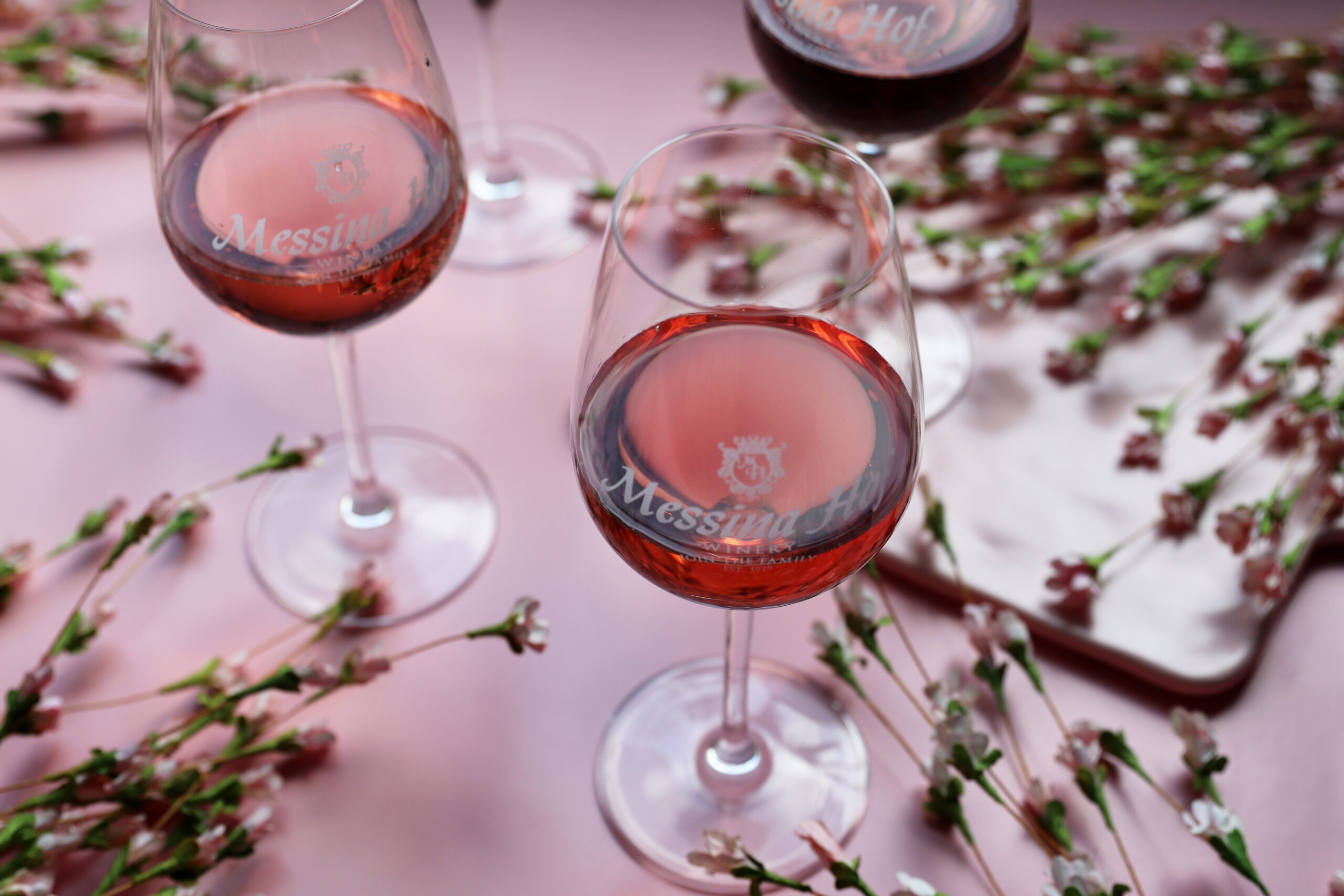
Why is a Rosé pink? The color of the rosé depends on two factors, the grape that is used and contact time. Typically, the grapes used in rosé production are Grenache, Merlot, and Pinot Noir, to name a few. The skins of a red grape are allowed to have contact with the grape juice for a brief period. So, the shorter the contact time, the lighter the wine color. Variations in extended contact time can result in vibrant, eye-catching colors ranging from orangey pink to vivid hot pink.
Rosé Flavor Profile The flavor of rosé wine in comparison to red wine is more subtle with the fruity hints of cherry, strawberry, and raspberry blended with citrus. Rosé wine can run from ultra dry to fairly fruity. Prefer dry? Then take a look at our Sophia Marie Rosé. Prefer a fruitier blend this is food-friendly? Check out our Mama Rosa Rosé.
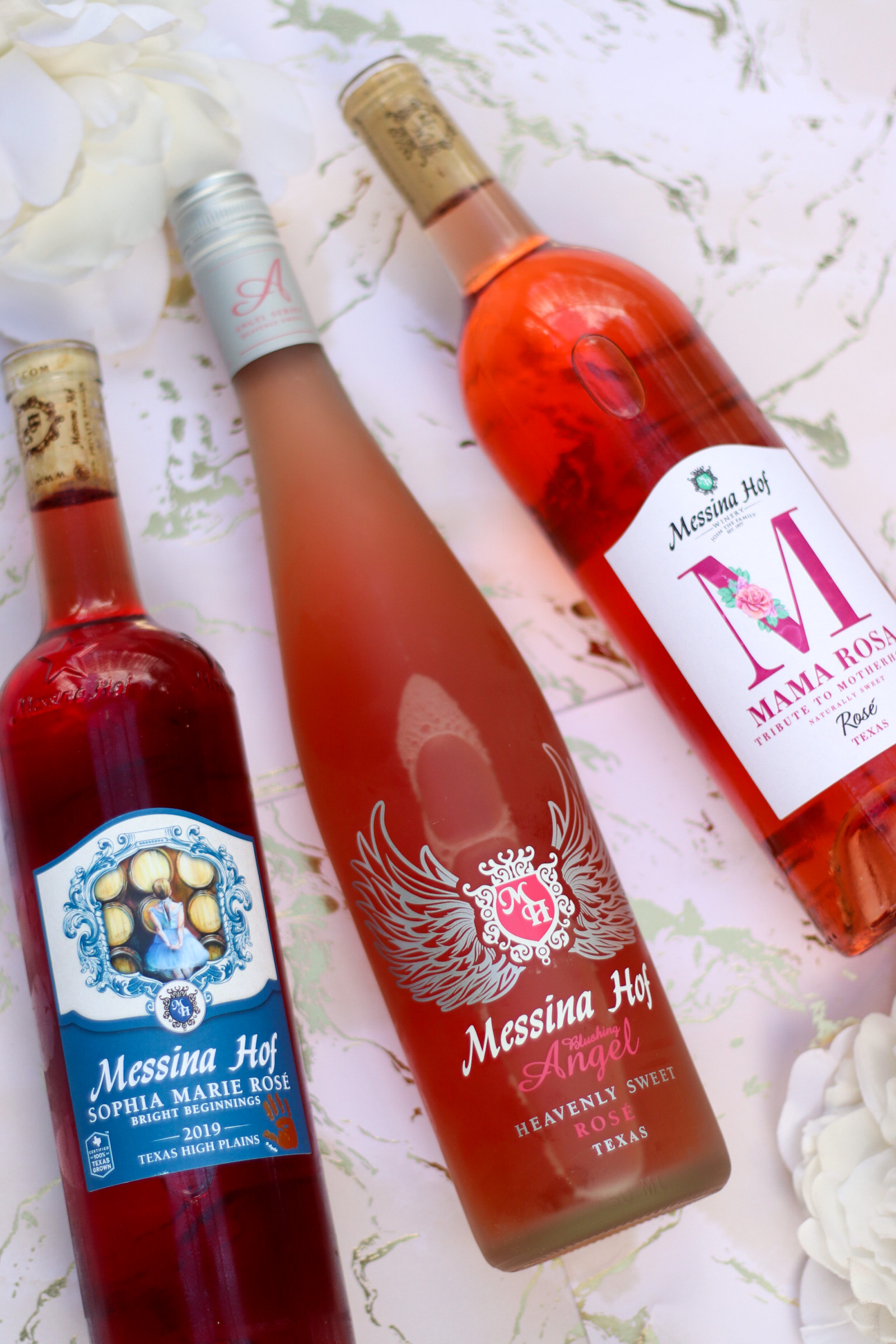
When is the best time to drink Rosé? Rosés are perfect for the spring and summertime as they are served chilled and showcase food-friendly versatility. Whether you’re soaking up the sun poolside, or enjoying a picnic in your local park, a glass of a Messina Hof Rosé is sure to keep the cares away!
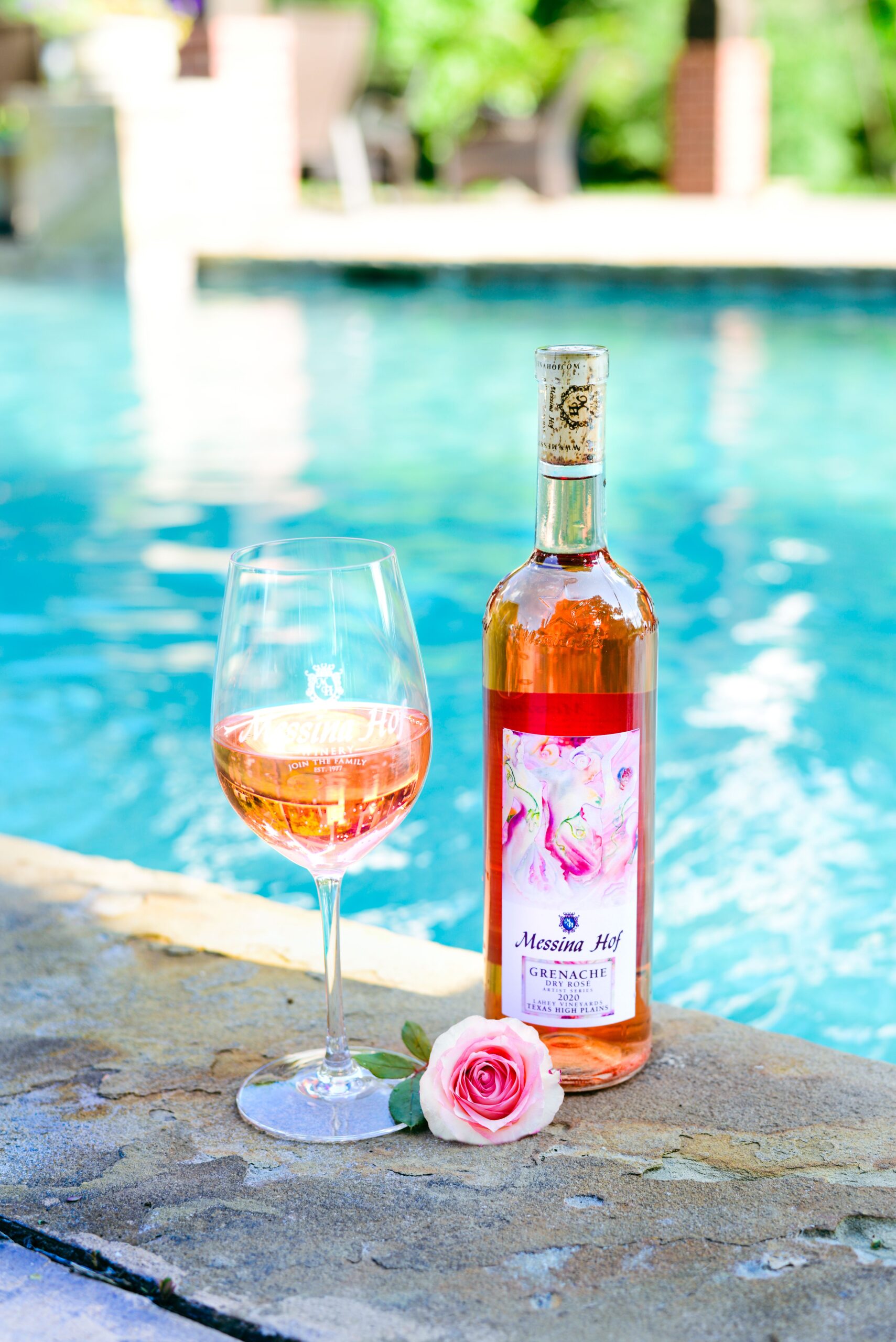
Our Rosé Wine Collection
Texas Sparkling Rosé
Grenache Dry Rosé, Artist Series
Mama Rosa Rosé
Sophia Marie Rosé
Blushing Angel
Think this is the perfect summer drink for you? Take a look at our collection of rosés!
